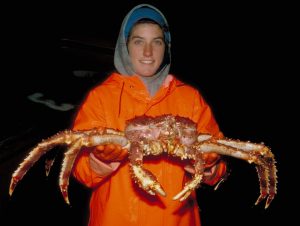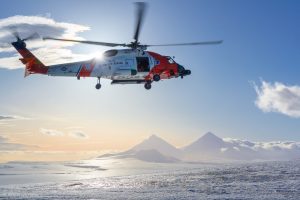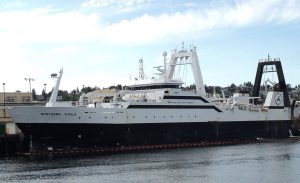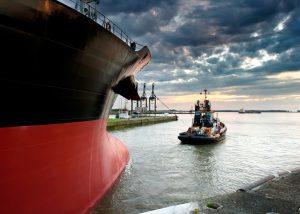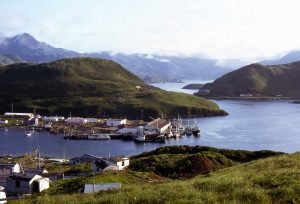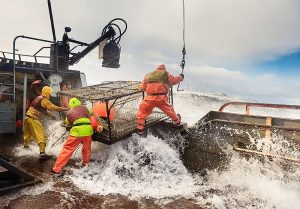Red King Crab Harvesting Opens in the Bering Sea
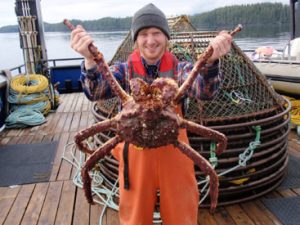 After a two-year closure due to insufficient stock levels for fishing, the Bristol Bay red king crab fishery in Alaska is scheduled to reopen at noon on October 15, 2023. The established quota for this reopening is 2.15 million pounds, slightly less than the 2.6 million pounds set in 2020.
After a two-year closure due to insufficient stock levels for fishing, the Bristol Bay red king crab fishery in Alaska is scheduled to reopen at noon on October 15, 2023. The established quota for this reopening is 2.15 million pounds, slightly less than the 2.6 million pounds set in 2020.
Jamie Goen, executive director of Alaska Bering Sea Crabbers, said members are happy to return to their work on the water. However, they are committed to ensuring minimal impact, aiming for the sustainability of the crab resource for future generations.
“They are tracking closely the science around the health of crab stocks and want to help crab continue to rebound,” she said. We’re adding extra measures this season during our directed pot fishery for crab to reduce our interactions with crab. We’re increasing communication with the fleet on best handling practices, clean fishing areas, and opportunities to share gear.”
 Maritime Injury Law Blog
Maritime Injury Law Blog





